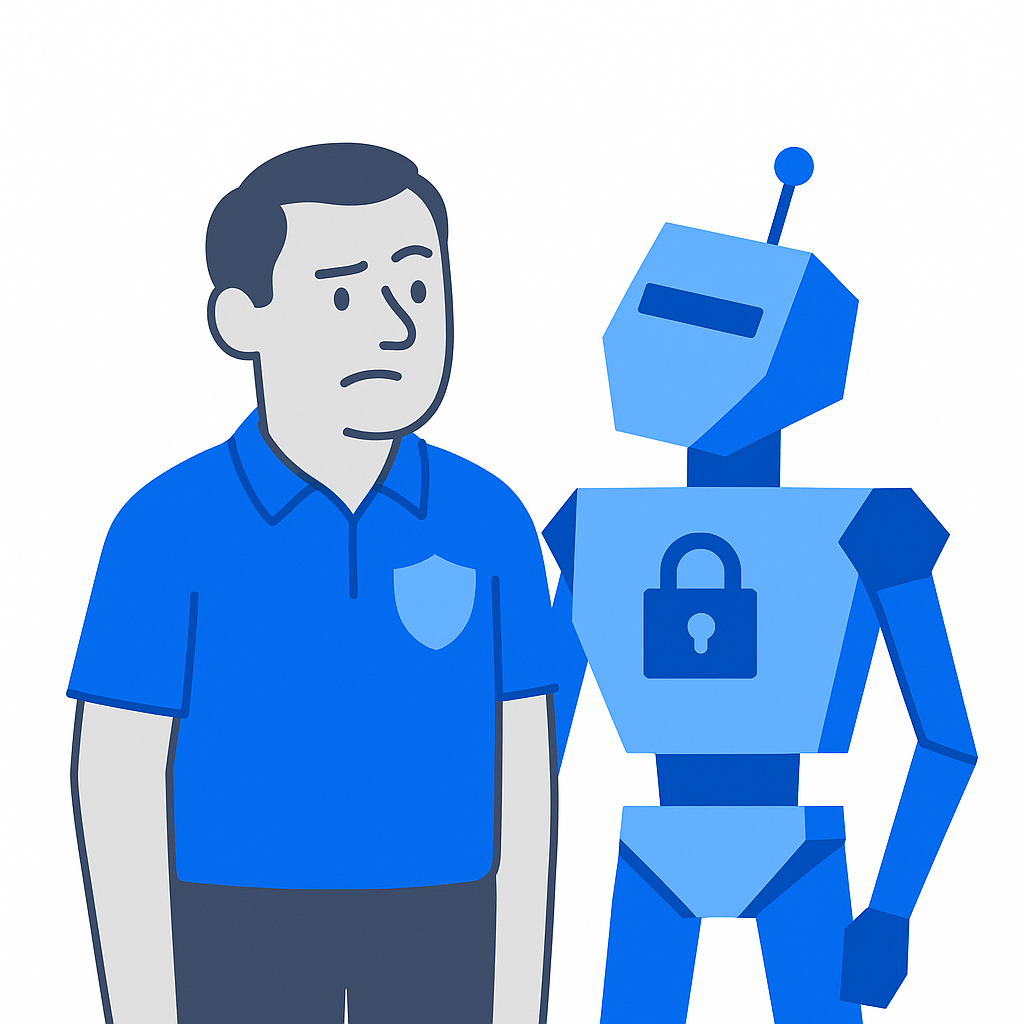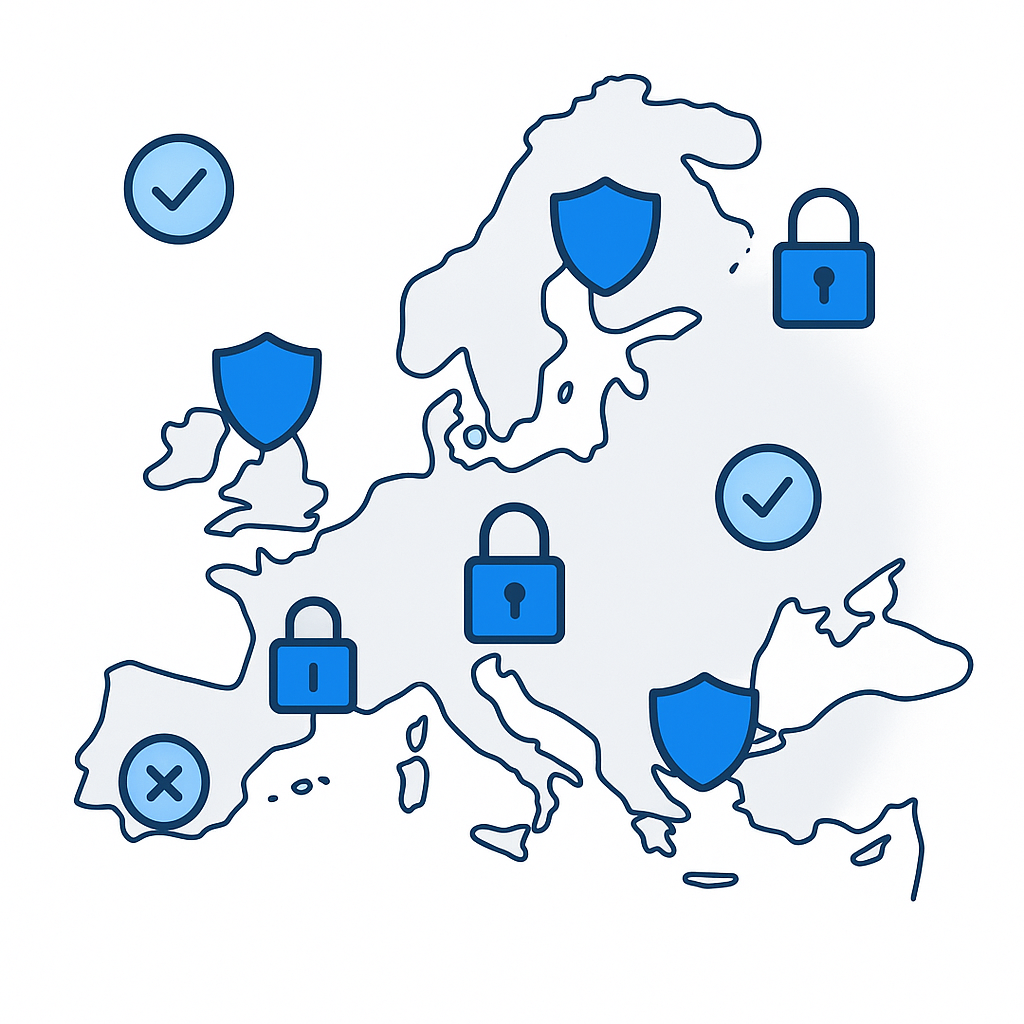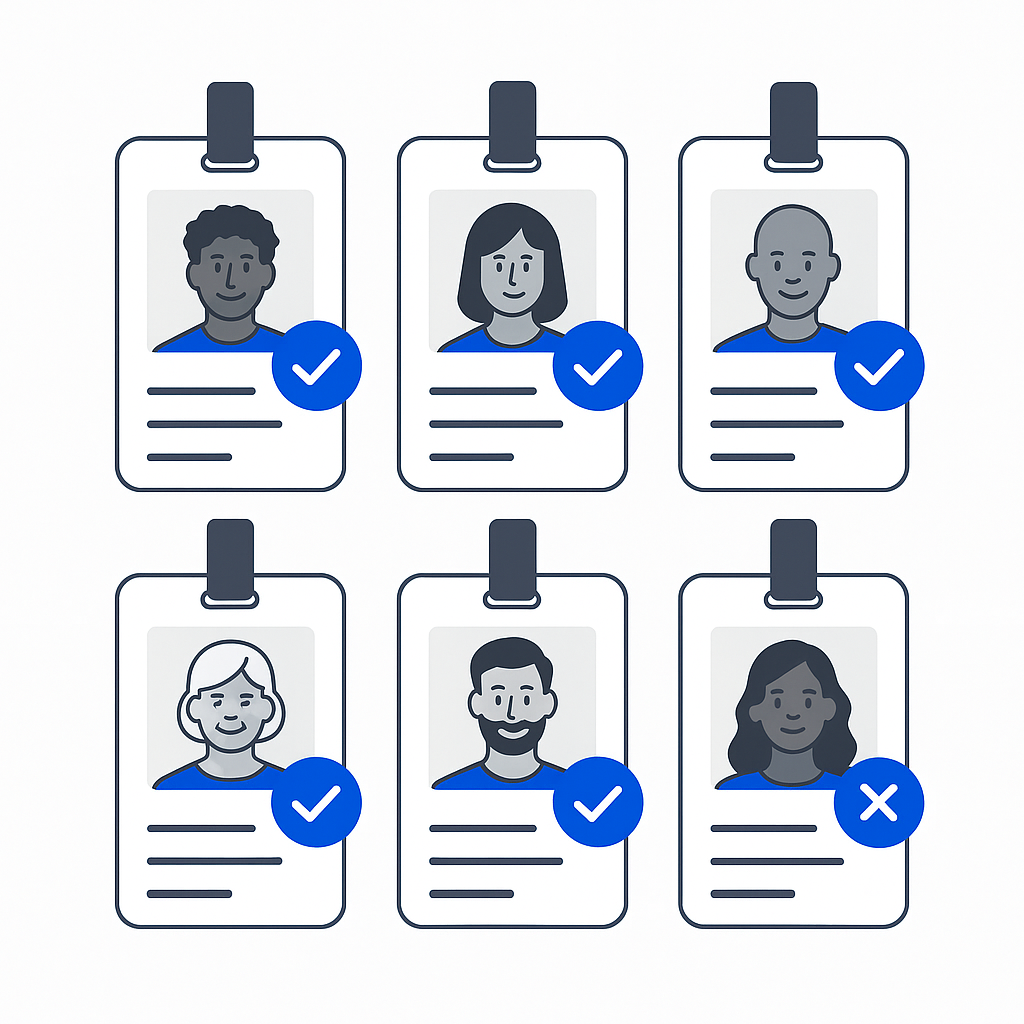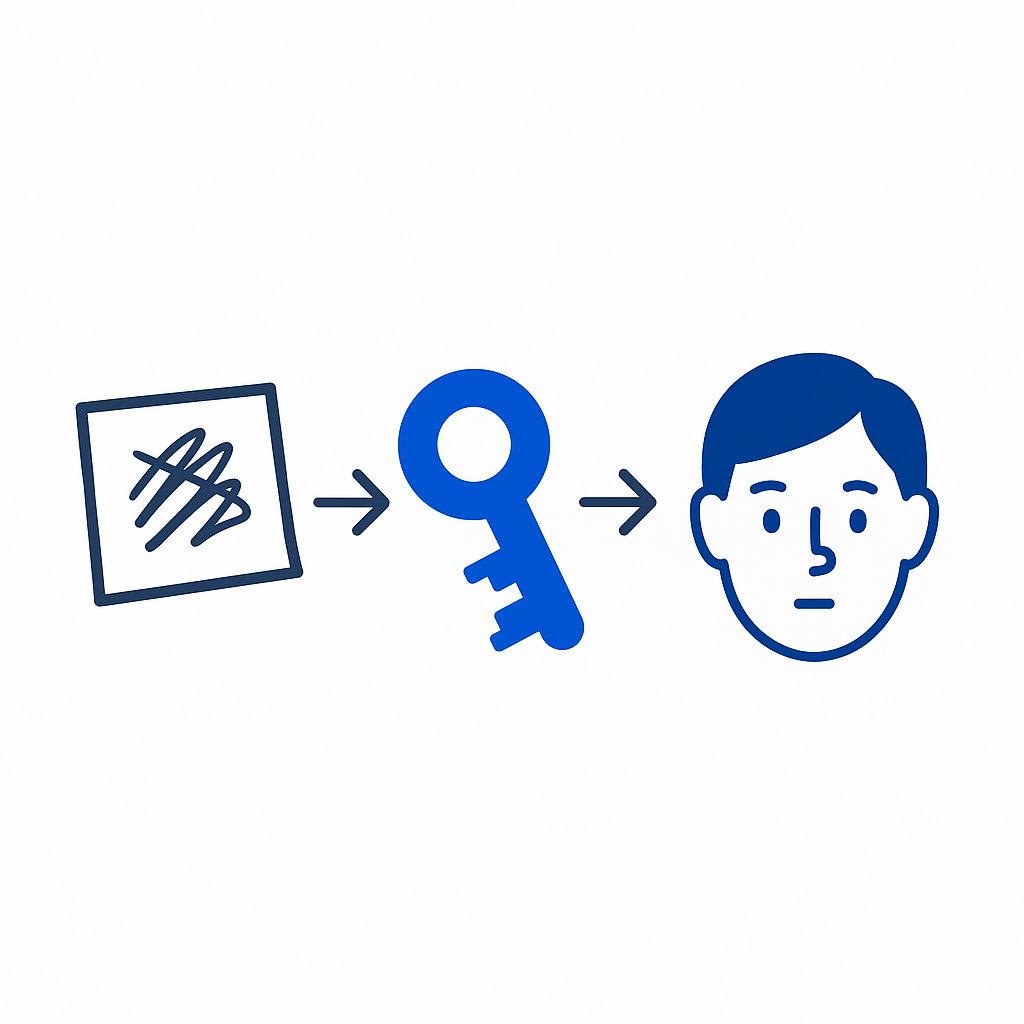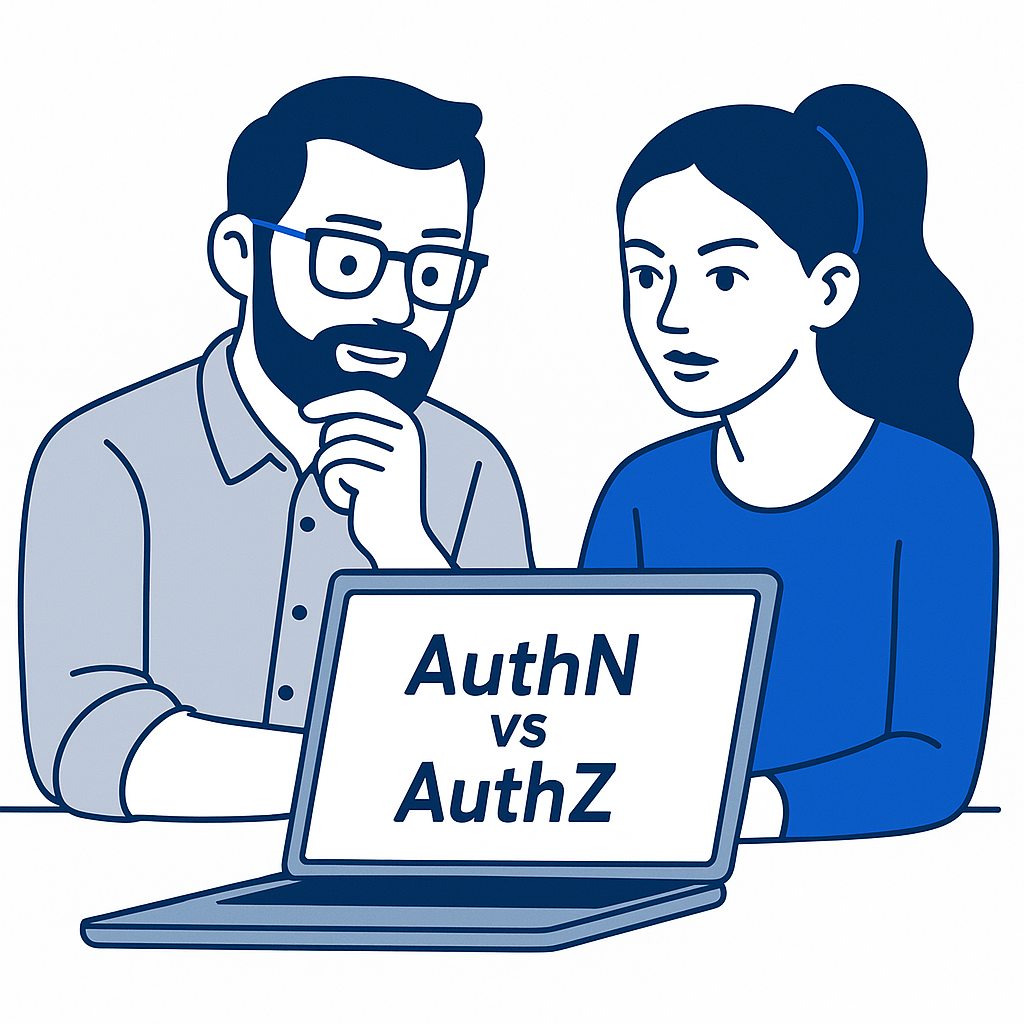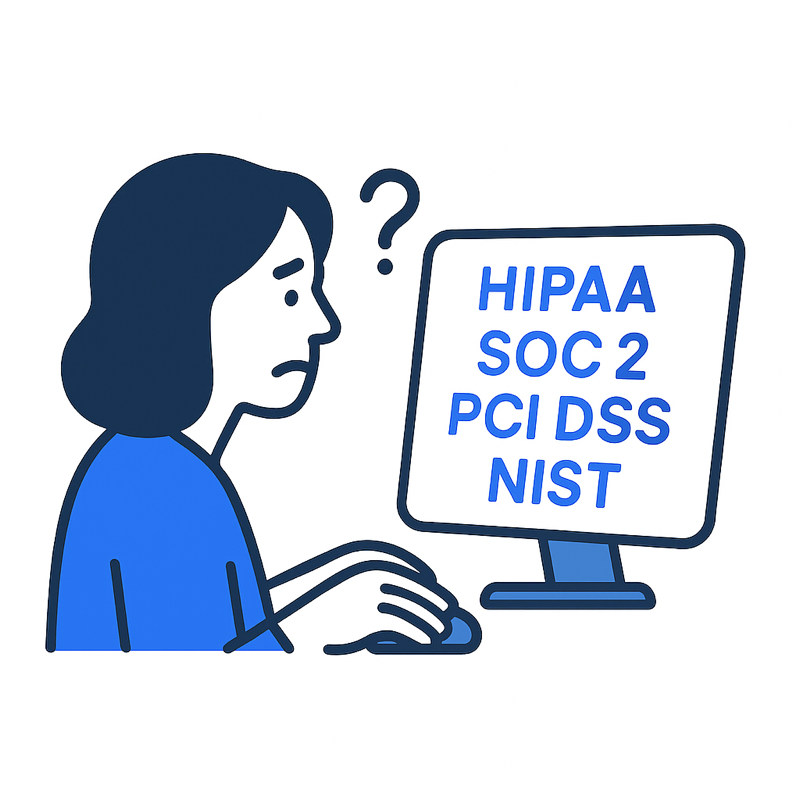Killing the password is easy. Replacing it securely is the hard part.
Passwords have always been a compromise between memory and security. A cold war between convenience and paranoia. We’ve trained entire workforces to memorize increasingly absurd combinations of letters, numbers, and symbols, only to have them forgotten, reset, pasted to laptops with sticky notes, and forgotten again in an endless loop of corporate amnesia. Now, as we stumble into the era of modern security, the industry is asking a question: Can we finally kill the password?
The short answer is sort of.
The long answer is that while we’ve built plenty of technologies to replace passwords. Passkeys, hardware tokens, biometrics, and single sign-on, the human and organisational factors behind them are far more complicated. Removing passwords doesn’t automatically create security. It just shifts the problem somewhere else.
The Password Paradox
Passwords were never meant to scale. What started as a simple credential for time-sharing systems in the 1960s has metastasized into the backbone of digital identity. Yet every breach, every phishing campaign, every leaked credential dump reminds us how brittle that foundation really is.
The problem isn’t just weak cybersecurity passwords; it’s the entire culture of static secrets. A password, by design, is something that doesn’t change much. Attackers love that. It gives them all the time in the world to harvest, crack, or replay it. The irony is that in the pursuit of convenience (remember me, auto-fill, single sign-on) we’ve made the attack surface even smoother.
“Modern security” starts by accepting that static credentials don’t belong in a dynamic environment. Your infrastructure scales elastically; your access controls should too.
Passkeys, Biometrics, and the Promise of Frictionless Identity
Enter the passkey: public/private key cryptography wrapped in a user-friendly interface. On paper, it’s everything we’ve ever wanted: phishing-resistant, device-bound, seamless. You log in with your phone or fingerprint, the private key never leaves the device, and your password manager gets to retire with honors.
Biometrics add another layer of elegance. They turn the user into the credential. No codes to remember, no resets to request, no “forgot my password” dance. It’s fast, smooth, and, in most cases, more secure than any non-sequential multi-character concoction.
But biometrics and passkeys have limits. Lose the device that holds your private key, and you’ve just lost your identity token. Fingerprint readers fail and cause frustration. Cameras misread - I know I had a good Saturday night if my iPhone doesn’t recognize me on Sunday morning. Hardware breaks. Suddenly, our elegant passwordless utopia needs a fallback plan, and that’s where the cracks start.
The Fallback Trap
Every passwordless security system still needs a way to recover access. That’s the weak link. The moment you add backup codes, recovery emails, or demand human helpdesk verification, you’ve effectively built a side door back into the equation. Attackers know this. They don’t need to steal your face; they just need to convince IT support that they’re you.
In the end, it’s not the passkey or biometric that fails, it’s the process wrapped around it. Security teams spend months designing elegant authentication flows, only for a well-meaning admin to reset credentials after a convincing phone call.
The lesson is that “modern security” doesn’t stop at the login screen. It extends into process design, automation, and visibility. You can’t trust what you can’t track, and if your identity lifecycle still depends on static entitlements and manual recovery paths, you’ve only reinvented the same old problem with fancier tools.
Context Is Still Everything
Whether you’re using passwords, passkeys, or a combination of both, the key to resilience lies in context. Adaptive authentication, driven by device health, location, behavioral analytics, and session risk, turns identity from a single event into an ongoing conversation.
Instead of treating login as a binary gate, it becomes a continuous negotiation: Who are you? Where are you? What are you trying to do? Should you still be doing it an hour from now?
This approach aligns beautifully with zero-trust principles. Every access attempt is verified, authorized, and time-bound. Zero standing trust. No permanent admin rights. Just-in-time access, contextual awareness, and automated expiry. It’s the security equivalent of short attention spans, by design.
And while this all sounds lofty, the technical underpinnings are already here. Cloud IAM platforms can consume device posture data from MDM tools, threat intel from SIEMs, and behavioral cues from session telemetry. Combine that with policy-driven access automation—exactly what a platform like Trustle enables—and you move from theoretical “modern security” to something measurable, enforceable, and actually liveable.
The Real Problem: Human Nature
The toughest adversary isn’t the attacker; it’s habit. People like convenience; staff’ll happily let their browser remember their logins because “it’s fine, it’s encrypted.” Developers want fast pipelines. Engineers hate waiting for approvals. Security that slows them down will eventually be bypassed.
That’s why the best “modern security” doesn’t make users think about security at all. It folds into their workflow: access requests through Slack or Teams, ephemeral privileges issued automatically, policies that adapt in real time. The user never sees the complexity; the system handles it silently.
You’re not building gates, you’re building guardrails.
What Works, What Doesn’t
What works: contextual identity, access automation, ephemeral access, and visibility into who has what, when, and why.
What doesn’t: static credentials, blanket admin roles, unrotated keys, and help desk-driven recovery processes that depend on human trust.
Passwords may be dying, or at least gasping for air, but the habits that made them dangerous are alive and well. The work of “modern security” is to design systems that don’t depend on perfect human behavior in the first place.
The Road Ahead
Killing the password isn’t the end of the story; it’s the beginning of a harder one. The move to passkeys and adaptive authentication forces us to rethink everything from access provisioning to account recovery. It blurs the line between user experience and security engineering.
In a world where identities multiply faster than servers, you don’t get to choose between strong security and convenience. You need both, or you’ll have neither.
The real future of authentication isn’t about what replaces passwords, it’s about what replaces trust. That, in essence, is what modern security really means: control without friction, verification without delay, and access that appears only when it’s earned.
When we finally get there, maybe, just maybe, the sticky notes can retire too.


























